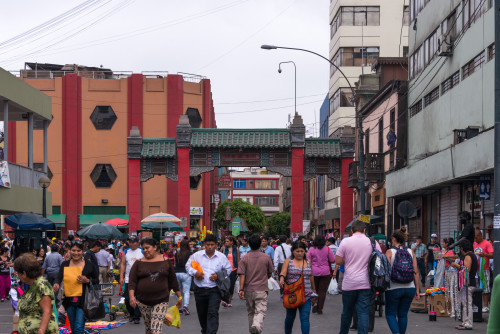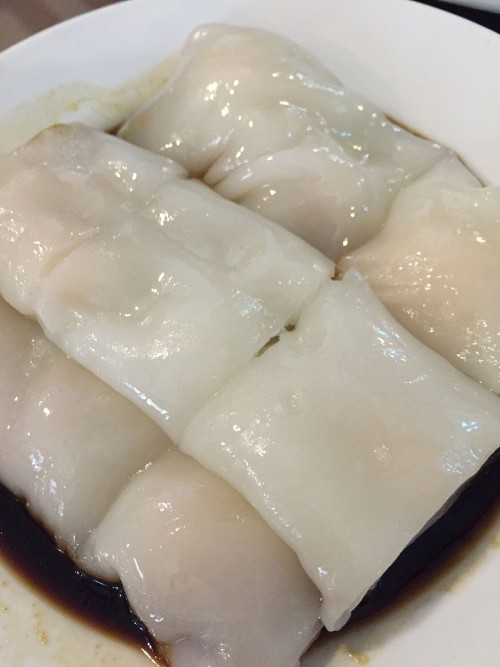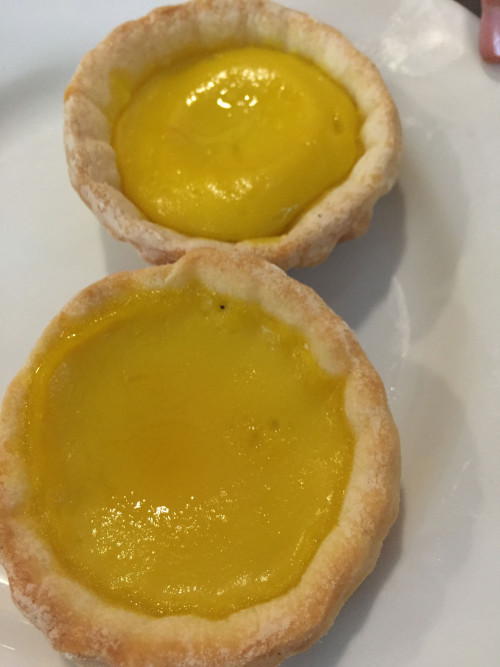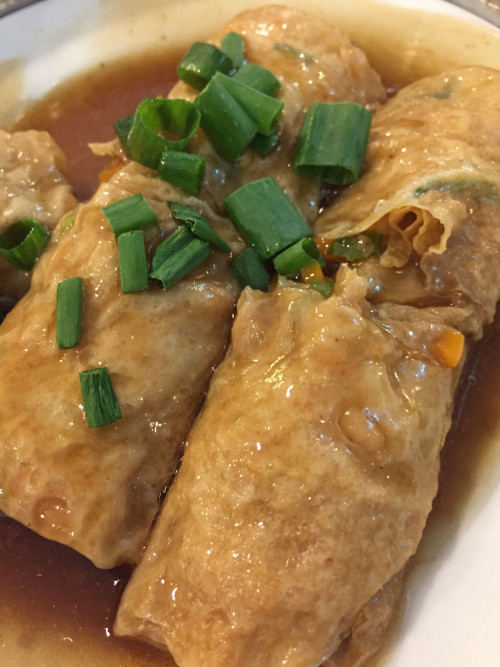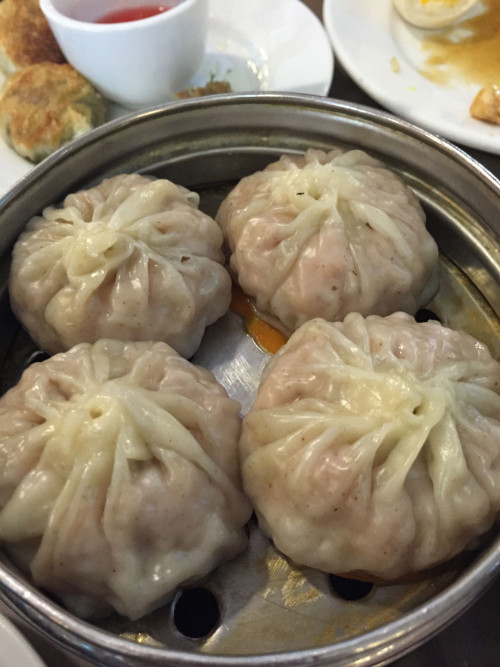The Internet has been abuzz ever since the Wall Street Journal published Why Chinese Mothers Are Superior, an excerpt from Amy Chua’s Battle Hymn of the Tiger Mother . If you want a more balanced preview, listen to an interview of the author from KQED’s Forum. Also, both Amazon and Apple offer a free sample from the book, if you want to browse the first few chapters to get a taste of her writing style.
. If you want a more balanced preview, listen to an interview of the author from KQED’s Forum. Also, both Amazon and Apple offer a free sample from the book, if you want to browse the first few chapters to get a taste of her writing style.
I purchased the Kindle version of the book this afternoon to read on my iPad and promptly finished it four hours later. It’s an easy and fast read.
version of the book this afternoon to read on my iPad and promptly finished it four hours later. It’s an easy and fast read.
The book is more of a memoir than a how-to manual on raising successful children. At best, it shows one of the many paths that a parent can take when raising their children—not the only way and not necessarily the best way. If you have children, I would highly recommend the book, just so you fully understand who you and your children are competing against. Seriously, I could not imagine that this type of parent even existed beforehand.
First off, Amy Chua is intense in a way I cannot relate. Three hours of piano practice? On one hand, I understand her determination. There are no short cuts to mastering a musical instrument. You simply have to practice. The more the better. And, if you are practicing three hours a day and someone else (like me) is only practicing 30 minutes a day, that pretty much explains why her daughter performed at Carnegie Hall and I did not. So, the number one lesson I got from her book is that even when you think you are working hard, someone else may be working even harder than you—not just a little harder, but a LOT harder. If nothing else, giving your children an appreciation for hard work will benefit them throughout their lives.
As for Tiger Mother making her children practice even while on vacation, I could relate to that. When I first read it, it sounded obsessive, if not bizarre. But, her motivation was that her children would not fall behind while on vacation. For me, I can recall the numerous assignments that I got from my dad during what was supposed to be summer vacation. The principle is the same. Work during your break so that you don’t waste all that you’ve learned.
Secondly, I can understand why Amy Chua’s book evokes such strong emotions. If you look at the customer ratings on Amazon, 43% (76 out of 175) gave her 5 stars and 33% (57 out of 175) gave her 1 star. In other words, 76% of the reviews were at the opposite ends of the spectrum. My explanation is that parenting is a funny thing. We don’t take classes in parenting, like we do for history, math, english and science. You don’t study different approaches to parenting or whether one approach works better than the others. So, all we are left with is how we were raised and how we wished we were raised, and our own experience as children or parents then colors how each of us views her book. People with overzealous parents and bad memories of childhood probably did not appreciate the lessons that her book imparted. On the other hand, people who experienced an academically challenging childhood and have found success because of their upbringing probably have a different outlook.
The most controversial aspect of her book is her approach to child discipline. And, I think this is an eternal problem that perplexes every new generation of parents. How do you deal with children that will not listen? You can opt for positive reinforcement, negative criticism, threats, bribes, timeouts, corporal punishment and everything else in between. Sometimes you have to combine the incentives and other times nothing works at all. I’m all in favor of hard work, but the question that Ms. Chua needs to ask herself is whether she could have helped her daughters realize the same degree of achievement without all the emotional collateral damage. The over-the-top threats and brinkmanship gets tiresome at some point. And, this approach definitely stops working when the child eventually calls your bluff.
Overall, I think that Ms. Chua’s approach is valid. Hard work begets talent. Would her daughters have worked as hard without her micromanaging? I don’t know. No one is going to conduct a double-blind experiment on their kids, I hope. Even then, each child is different and what works for one may not be suitable for the other. Regardless, by the end of the book, you can see how her daughters have internalized the intensity and diligence even when their omnipresent mom is not hovering nearby, so her work is done.
P.S. Many journalists have chimed in with their take on the book. I am troubled a bit by this line from David Brooks’ Amy Chua is a Wimp: “There’s a reason Asian-American women between the ages of 15 and 24 have such high suicide rates.” I have seen this statistic in a number of essays that attack the Tiger Mother approach, and have bookmarked the publication Health, United States, 2008 for further research. I want to fact-check this assertion. Also, note that correlation does not equal causation, which David Brooks’ article implies. If Asian-American women have a high suicide rate, of course there is a reason. There is a reason for everything, but it may not be because Asian-American women had problems dealing with their immigrant parents. Especially, since not all Chinese parents are like Amy Chua.


